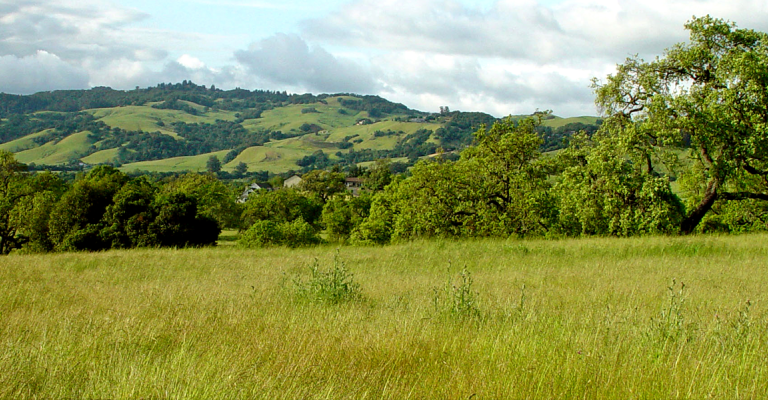Service-Learning in English
Service-learning activity usually falls into two categories:
Type 1: Teaching/tutoring/sharing knowledge from the class.
Example: Students at Syracuse University in Syracuse, New York, partnered with the Community Child Project to respond to issues of poverty and illiteracy. As part of the program, the Syracuse students tutored the children and also “decided to write and illustrate a children’s book with local children as a way to involve and understand the power of community action.” As one student reflected, “We set out to tackle issues of illiteracy in the community, and this was our creative intervention into a problem that really needs to be addressed. Once the book is published, the copyrights will be turned over to Success By 6. It will be a renewable resource for the community for years to come.” At the end of the semester, there was an art show, which featured the illustrations that the children drew for the book. 2
Type 2: Using information from the class to do something with/for a community organization.
Example: English composition students at Louisiana State University in Baton Rouge, Louisiana, worked in groups on a collaborative writing project for five non-profits in the Baton Rouge area. The groups spent time interviewing the subjects and producing something tangible. The finished projects took the form of videos, a video script of an oral history, and brochures. As one student reflected, “The best aspect of this class is that it allows you to be in complete (almost complete) control of your own work, both creatively and structurally. This way you can OWN what you do!” 3
Please contact [email protected] for more information.
Jess Hazlewood - [email protected], Jodi Simmons - [email protected], and Tim Wandling - [email protected] have instructed several service-learning classes and may be willing and able to share advice.
1 Service-Learning and Composition at the Crossroads by Robert Crooks Linda Adler- Kassner, and Ann Watters in Writing the Community: Concepts and Models for Service Learning in Composition (Service Learning in the Disciplines Series).
2 Jacobi, T. “Learning Through Collaboration.” Community Matters: A Reader for Writers. Eds. Ford, Marjorie, and Schave, Elizabeth. New York: Longman, 2002. 358-368. Print.
3 Dorman, W., and Dorman, S. “Service-Learning: Bridging the Gap Between the Real World and Composition Classroom” Writing the Community: Concepts and Models for Service-Learning in Composition. Eds. L. Adler-Kassner, R. Crooks, and A. Waters. Sterling: Stylus, 2006. 119-132. Print.


